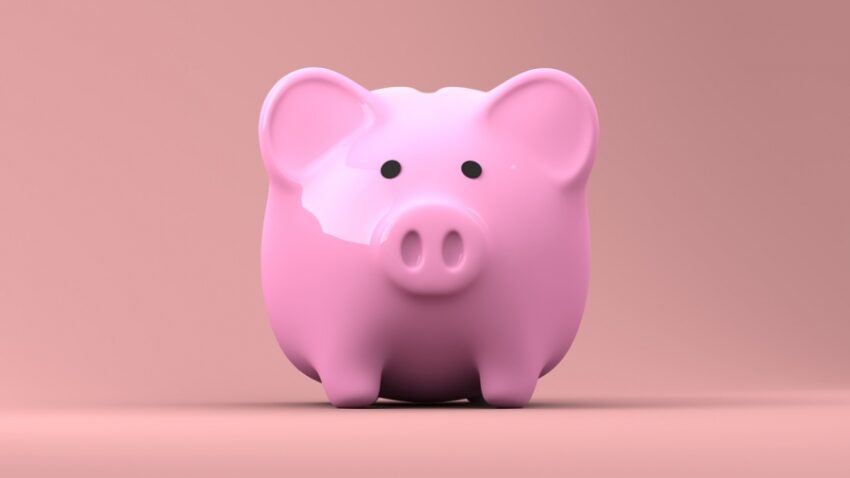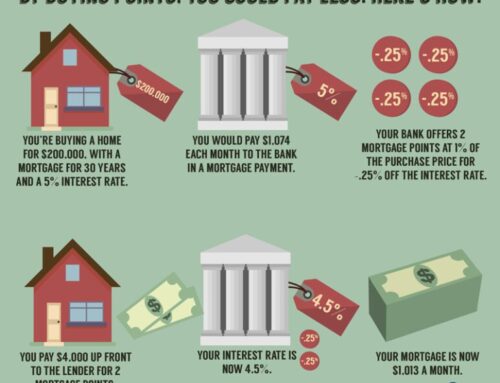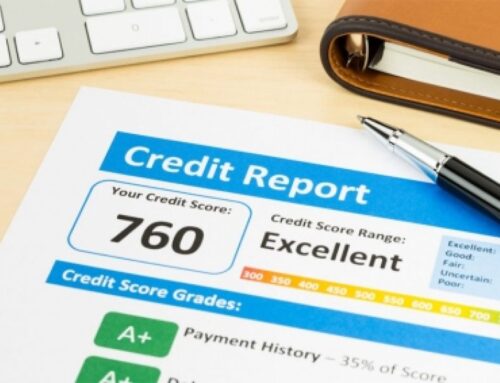A down payment is an important component of taking a step toward homeownership. Saving for a down payment is also the biggest obstacle that you probably face when you want to buy a home.

A down payment is the cash you pay upfront when you’re going to make a large purchase. If you were going to buy a $350,000 home with a 10% down payment, you’d need to have $35,000 in cash.
Then, your mortgage lender provides the rest of the money to buy the home, and you pay your lender back over time. There are a few exceptions to lenders requiring a down payment, such as VA loans, but generally, it is required.
It’s recommended that you put at least 20% down if you’re going to buy a house, but that can be a lot of money.
How do you save if you’re living paycheck-to-paycheck? It is possible, but you also might have to make some changes.
Take the First Step
Even though you might feel overwhelmed about the prospect of saving money when you’re barely making ends meet, just take one first step toward your goal. That step may be small or almost symbolic, but it’s the best way to get started.
One good first step is to open a savings account where you’ll deposit money that’s specifically meant to go toward your down payment.
You might want a savings account that pays a bit of interest as well.
Create a Budget
You may be in a cycle of living paycheck-to-paycheck that you don’t necessarily have to be in.
If you can drill down into what’s going out versus what’s coming in, you might find that there are some ways you can save money even on your current income.
Really taking an honest look at your income versus your spending can be challenging and overwhelming because you may not realize how much you’re spending on things that you don’t need to be. Doing it is rewarding and valuable, though.
When you create a budget, include in it money that you’re going to set aside every week or month that will go toward your down payment.
Even small contributions do add up over time if you’re consistent and patient.
If you’re not sure where to start with your budget, a lot of financial professionals recommend following what’s called the 50/30/20 rule. This means that 50% of your income goes toward your essentials, such as your rent. Thirty percent goes toward lifestyle-related expenses, like eating at restaurants. The other 20% should either go toward savings or paying off debt.
Cut Out Subscriptions
One of the best things you can do for your finances is to regularly evaluate what subscription fees you’re paying and cut them out. It sounds simple, but the reality is if you’re like the average American, you might be spending $237 a month on subscriptions. That’s a lot of money that could go elsewhere.
Go Over Every Bill Carefully
When you’re working with a relatively small amount of income compared to your expenses, you should go over every single bill and transaction carefully.
There are a few reasons for this.
First, you want to make sure there aren’t mistakes you’re paying for. You might also find ways to pay less. For example, you could ask for a lower rate on your credit cards if you have a history of on-time payments, or you might be able to talk to your car insurance company about good driver discounts.
There are a lot of opportunities to save money on your bills, if you know where to look at you’re willing to ask.
Add Income
Finally, once your budget is in order, it’s a good idea to add extra income to your life. There are so many ways to do this. When you’re not working your full-time job, maybe you deliver groceries or work for a rideshare service.
It doesn’t matter what it is, but when you add another stream of income, it puts you that much closer to your down payment.
Everything you earn from your secondary income source should go directly into your down payment savings account, so you aren’t tempted to use it on anything else.
Position Realty
Office: 480-213-5251



